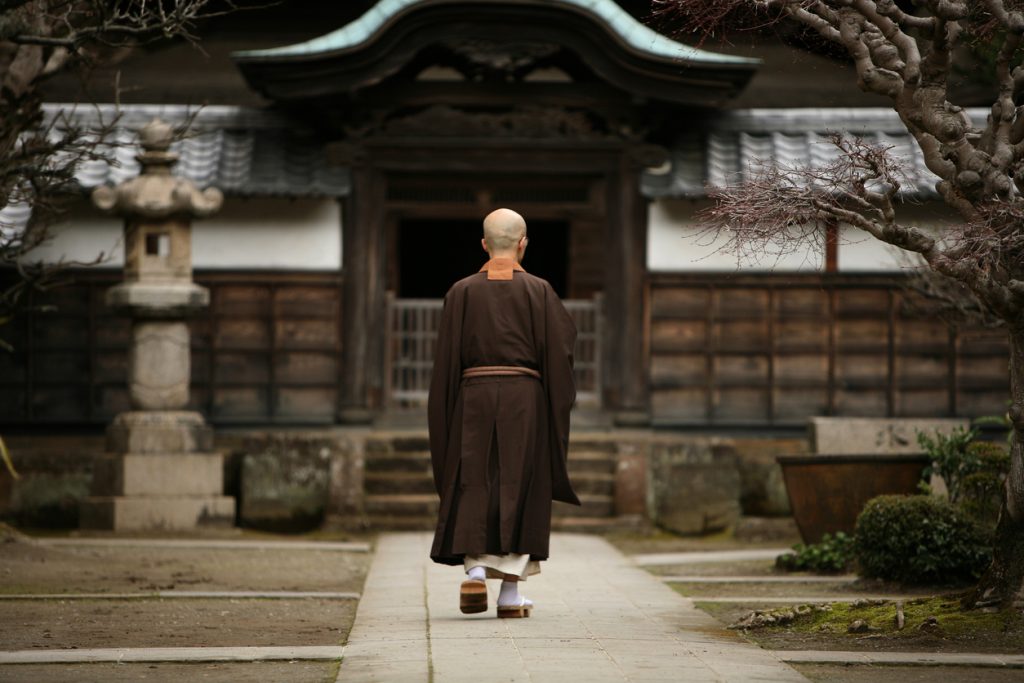Do you ever think about how practices such as Zen meditation began in the past and are still prevalent in the present society with all of its advanced technologies? Is it possible that technology could help create more touchpoints by making a trip to exquisite and quiet temples more engaging, or does it interfere with serenity? People engage in the spiritual experience by adapting to modern notions of life filled with gadgets and devices. One of the most important devices to keep engaged during these temple visits is the Japan and Korea eSIM, ensuring uninterrupted digital connection interferes with the religious experiences these places provide.
The opportunities for tourism in temples throughout Japan and Korea are immense, but with the help of technology, from translation to location, how does tech fit into this spiritual journey, and can it achieve Zen in a digital age? In this article, we will explore how to strike a balance between these types of spaces and how to take full advantage of both the temples and the tech.
1. Staying Connected: The Role of eSIMs in Spiritual Journeys
Whether you’re wandering through the tranquil temples of Kyoto or exploring ancient shrines in Seoul, staying connected is crucial for modern travellers. Gone are the days of relying solely on paper maps or struggling with language barriers. With tools like the Japan and Korea eSIM, travellers can access real-time translations, map apps, and virtual temple guides.
This eSIM technology allows tourists to activate data plans without needing a physical SIM card, providing uninterrupted access to essential travel apps. An eSIM lets you enjoy the spiritual atmosphere without the hassle of finding Wi-Fi or worrying about connectivity issues. This balance between being digitally connected and immersed in the serene environment makes modern temple visits unique.
2. The Importance of Temple Etiquette in a Tech-Driven World
Respecting culture and traditions is very important before setting foot into any temple. But how can you use technology without overstepping? Technology, such as audio guides or educational applications, is often allowed in many temples. Still, it is crucial to learn when to stop using gadgets and expand the sense of spirituality.
For instance, some temples permit photography, while others do not allow it during meditation. Make sure to know both verbal and unwritten rules before using the phone. Using this Japan and Korea eSIM, you can go online to check on guidelines on temple guidelines so as not to offend any of them.
3. Meditation Apps and Zen Practices:
Zen meditation adds value to many Central Japanese and eSIM temple experiences instruction. However, have you ever thought this practice could be combined with today’s technology? Meditation apps such as Calm or Headspace offer guided sessions that can complement your in-person experience.
For people who are still beginners to meditation, they are useful and guide particular breathing routines and other helpful practices. Whether at the temple sitting in a temple yard or after a very tiresome day of sightseeing, these apps help you incorporate Zen into your life. As with the eSIM, it is possible to download applications like these before getting to the destination for that perfect journey to the inner soul.
4. Capturing the Moment:
Every visit to the temple should also involve taking pictures of scenery, from beautiful natural landscapes that change with the seasons to magnificent monuments such as shrines and temples and the fantastic architecture of Buddhism. However, it’s essential to respect the spiritual significance of these spaces.
The management of some temples permits photography in certain parts of the temple, while others don’t. Use your smartphone’s photo camera tactfully, and avoid taking pictures while people are praying or meditating. Using the Japan and Korea eSIM, you can upload your photos to cloud storage or social media without worrying about losing access to your memories.
5. Navigating Temples with the Help of Modern Tech
Many temples in Japan and Korea are spread across large areas, and navigating them can be challenging. Luckily, modern technology can help. With apps like Google Maps or dedicated temple apps, you can easily find your way through temple grounds, discover hidden gems, and learn about the history of each location.
The Japan and Korea eSIM allows you to access maps and location services in real-time, so you’ll never get lost. Some temples also have interactive maps via QR codes, which you can scan with your smartphone to receive detailed information about the site. This tech-enabled exploration ensures you don’t miss any part of your spiritual journey.
6. Embracing Minimalism: Disconnecting to Reconnect
Technology would improve some aspects of temple visits, but Zen is all about simplicity. The practice helps people pay attention only to what is happening now and ignore the rest. Therefore, your eSIM connection to your Japanese and Korean world may just be the companion to help you get off the grid for a while.
Put your devices in aeroplane mode, place them in a bag and embrace the calm environment. This way, the possibility to contemplate a view and think is still preserved while the noise of digital life is left outside the temple’s gates, even just for several hours. It is this balance between technological and traditional that one has to strike to get a true picture of Zen in contemporary society.
Wrap Up
Temples and technology may appear very dissimilar; however, they are not far off when applied correctly. An eSIM is useful for keeping you connected, and apps help you navigate temples and your meditation but do nothing to interrupt the experience. In Japanese and Korean temples, for the most part, everything should be equal. You should incorporate technology to supplement all-round activities, but sometimes, It is nice to enjoy the calmness. Zen, after all, is about simplification in a complex world.





















